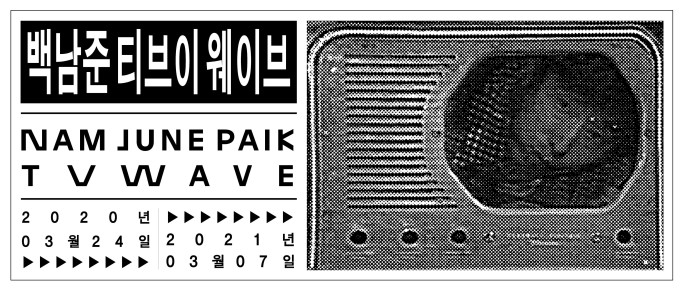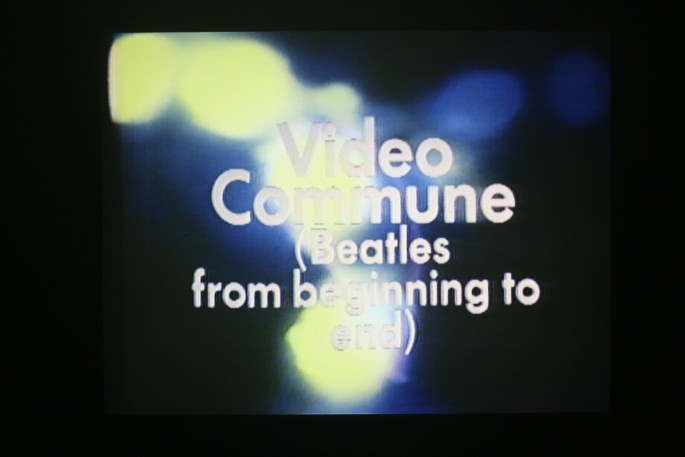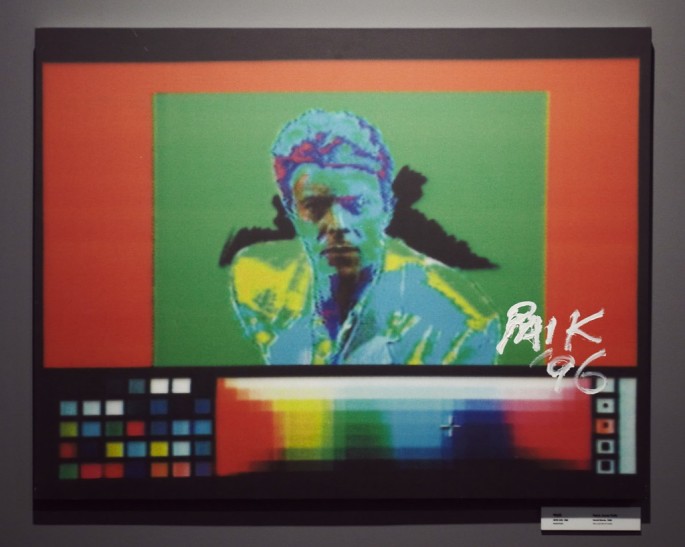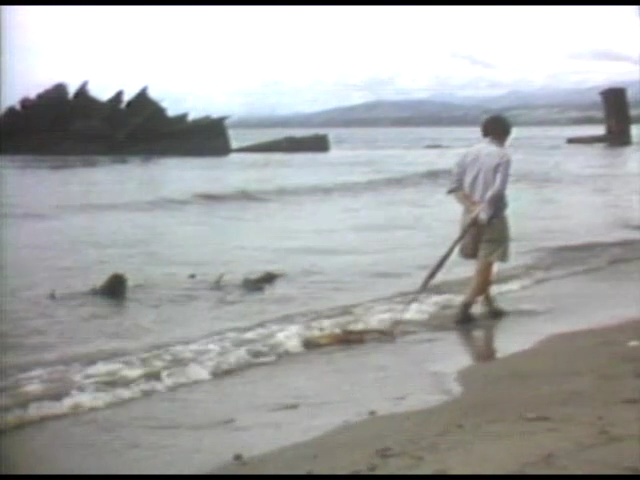Nam June Paik Art Center Nam June Paik TV Wave
Period/ 2020.05.12(Tue) ~ 2021.03.07(Sun)
■ Exhibition Overview
◦ Title
: Nam June Paik TV Wave
◦ Period
: May 12, 2020 ~ March 7, 2021
**Online Reservation
**Online Reservation
◦ Venue
: Nam June Paik Art Center Gallery 1
◦ Organized and Hosted by
Nam June Paik Art Center,
Gyeonggi Cultural Foundation
Gyeonggi Cultural Foundation
◦ Supported by
Sandoll Cloud
■ Introduction
Nam June Paik Art Center unveils a new exhibiiton titled Nam June Paik TV Wave from May 12, 2020 to March 7, 2021. This exhibition was ready to open on March 24, its original opening day, and Nam June Paik Art Center is waiting to meet visitors.
An estimated 73 million viewers―about 40 percent of the U.S. population at that time―watched The Ed Sullivan Show, when The Beatles, a British rock band, made their American TV debut on February 9, 1964. It shows an impact of The Beatles and TV broadcast that gathered a number of people in front of their TV sets. This marked the beginning of the “British Invasion” where British culture became popular in America with mass media and consequently the waves of social and cultural changes including the “counter-culture” were generated in the 1960s. Today, the Ed Sullivan theater brought the Korean boy band BTS for a talkshow in 2019. Called the “BTS Invasion,” this event proved and expanded the cultural influence of the pop musicians across the globe. In this way, TV, one of the representative mass media, has created a number of icons of the era, like The Beatles and BTS, who “invaded” our daily life and culture.
Nam June Paik TV Wave focuses on Paik’s experiment and exploration of television, dealing with his works from the 1960s to the 1980s. The exhibition centers around the keyword of Paik’s “broadcast,” a combination of his video art and telecommunication. Paik used TV as an artistic medium, in terms of its affecting our life and society in various ways. He created works of art with TV which could be operated by viewers. He was concerned with what art and broadcast could do for a large number of people in front of TV sets. Without going to a stadium or a concert hall, many people can watch the same things through television. He paid attention to the power of TV broadcast to enable the collective experience of watching the same program and the mediated experience while not being present on the site.
Drawing on TV, broadcast, and satellite, Paik attempted to increase the understanding of different cultures, and to depict a world becoming one with dance and music. According to him, television is for the point to space communication while video for the space to space communication. By means of “tele-vision” he envisioned a future where a point to space transmission like fish eggs is invigorated, and furthermore where individuals produce their own broadcasts, and many TV stations, great and small, are established so that non-monopolistic broadcasting systems are available. Nam June Paik TV Wave tunes in his vision, who sought to bring down cultural barriers and link up different spaces for global communication and harmonization.
Telephone is point to point communication system.
Radio-TV is a point to space communication system … like fish egg.
Ultimate goal of video revolution is the establishment of space to space,
or plain to plain communication without confusion and interference each other.
An estimated 73 million viewers―about 40 percent of the U.S. population at that time―watched The Ed Sullivan Show, when The Beatles, a British rock band, made their American TV debut on February 9, 1964. It shows an impact of The Beatles and TV broadcast that gathered a number of people in front of their TV sets. This marked the beginning of the “British Invasion” where British culture became popular in America with mass media and consequently the waves of social and cultural changes including the “counter-culture” were generated in the 1960s. Today, the Ed Sullivan theater brought the Korean boy band BTS for a talkshow in 2019. Called the “BTS Invasion,” this event proved and expanded the cultural influence of the pop musicians across the globe. In this way, TV, one of the representative mass media, has created a number of icons of the era, like The Beatles and BTS, who “invaded” our daily life and culture.
Nam June Paik TV Wave focuses on Paik’s experiment and exploration of television, dealing with his works from the 1960s to the 1980s. The exhibition centers around the keyword of Paik’s “broadcast,” a combination of his video art and telecommunication. Paik used TV as an artistic medium, in terms of its affecting our life and society in various ways. He created works of art with TV which could be operated by viewers. He was concerned with what art and broadcast could do for a large number of people in front of TV sets. Without going to a stadium or a concert hall, many people can watch the same things through television. He paid attention to the power of TV broadcast to enable the collective experience of watching the same program and the mediated experience while not being present on the site.
Drawing on TV, broadcast, and satellite, Paik attempted to increase the understanding of different cultures, and to depict a world becoming one with dance and music. According to him, television is for the point to space communication while video for the space to space communication. By means of “tele-vision” he envisioned a future where a point to space transmission like fish eggs is invigorated, and furthermore where individuals produce their own broadcasts, and many TV stations, great and small, are established so that non-monopolistic broadcasting systems are available. Nam June Paik TV Wave tunes in his vision, who sought to bring down cultural barriers and link up different spaces for global communication and harmonization.
Telephone is point to point communication system.
Radio-TV is a point to space communication system … like fish egg.
Ultimate goal of video revolution is the establishment of space to space,
or plain to plain communication without confusion and interference each other.
Nam June Paik, “Binghamton Letter,” January 8, 1972
■ Art Works
1. Nam June Paik, Participation TV, 1963(1998), 1 manipulated CRT TV set, 1 audio generator, 1 temperature controller, 2 amplifiers, 2 microphones, dimensions variable

2. Manfred Montwé, Nam June Paik, Kuba TV, Exposition of Music ― Electronic Television, Galerie Parnass, Wuppertal, 1963, black & white photograph, 30.4×40.2cm
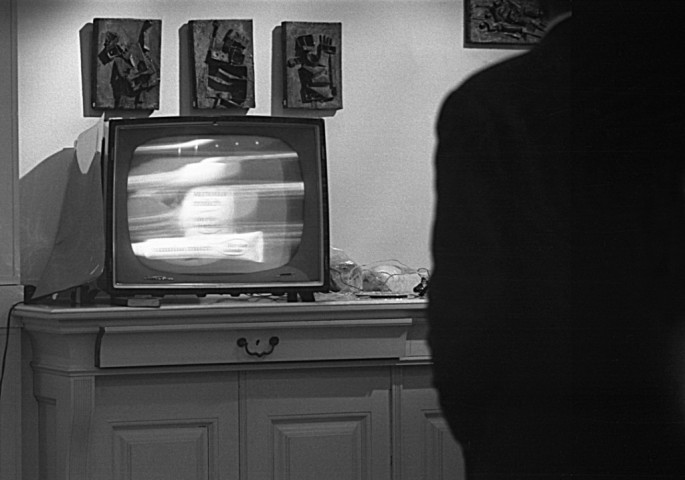 Photo by Manfred Montwé ©Manfred Montwé
Photo by Manfred Montwé ©Manfred Montwé3. Nam June Paik in collaboration with David Atwood, Fred Barzyk, Olivia Tappan, 9/23/69: Experiment with David Atwood, 1969, 79min 10sec, single-channel video, color, sound
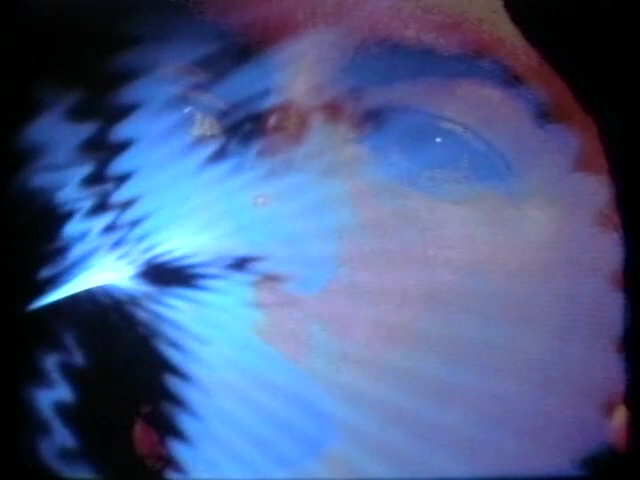
4. Aldo Tambellini, Thomas Tadlock, Allan Kaprow, James Seawright, Otto Piene, Nam June Paik, The Medium is the Medium, 1969, 29min 25sec, single-channel video, color, sound
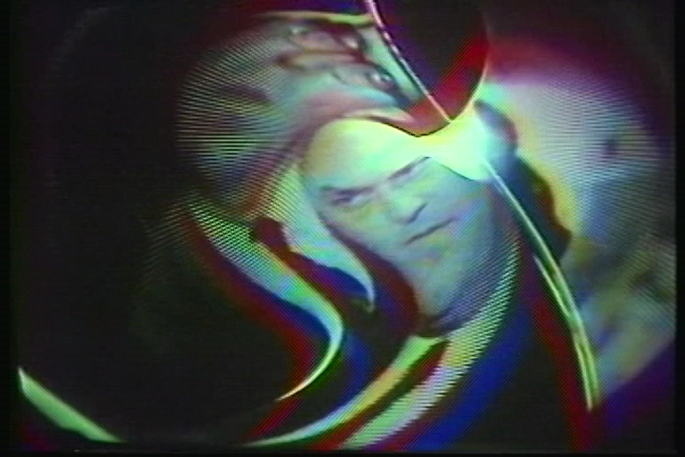
5. Nam June Paik, Shuya Abe, Paik–Abe Video Synthesizer, 1969(1972), 2 CRT TV sets, 2 enamel coils, 2 CCTV cameras, 1 amplifier, 5 audio generators, control board, 168×64×114cm

8. Nam June Paik, TV Buddha, 1974(2002), 1 limestone Buddha statue, 1 CRT TV set, 1 CCTV camera, dimension variable

9. Nam June Paik, Rabbit Inhabits the Moon, 1996, 1 wooden rabbit statue, 1 CRT TV set, single-channel video, color, silent, DVD, DVD player, dimensions variable

12. Nam June Paik, Gregory Battcock, You Can’t Lick Stamps in China, 1978, 28min 42sec, single-channel video, color, sound
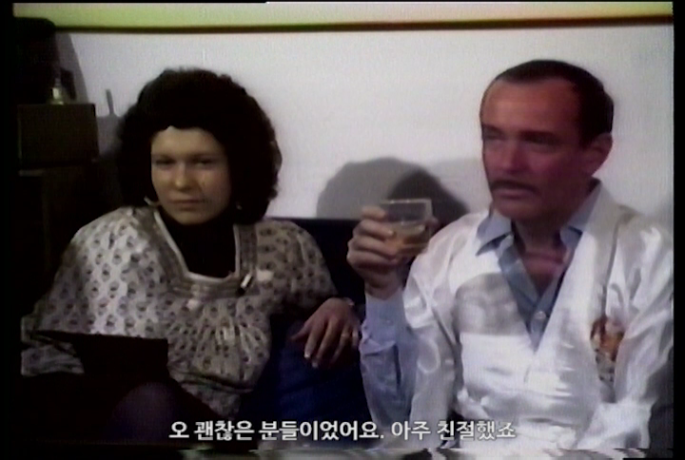
13. Nam June Paik, Wrap Around the World, live, 1988, 82min 47sec, single-channel video, color, sound

14. Craker (Hwaseul Kim, JungHoon Kim), SEEnthesizer, 2020, interactive media installation, commissioned by Nam June Paik Art Center


Paik’s Video Box



Enter one of the three rooms to your taste, and watch Paik’s works of video as if TV broadcasts, by zapping channels with the remote control. The most watched program on a weekly and monthly basis will be up on the billboard, on a large screen above the rooms, and on monitors at the exit of the exhibition. Go for your own pick! TV screens you are watching will be video-recorded and transmitted in real time as sources for Craker’s SEEnthesizer at the mezzanine. Go for your own video making there too!
 |  |
 |  |
 |  |
Comments [0]
Leave a comment
You must be logged in to post a comment.













